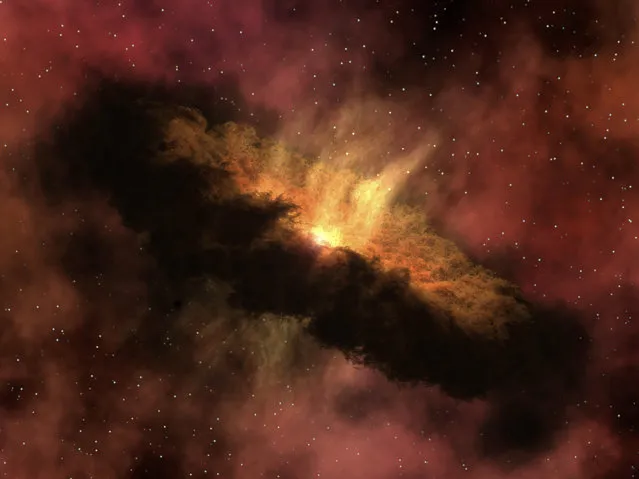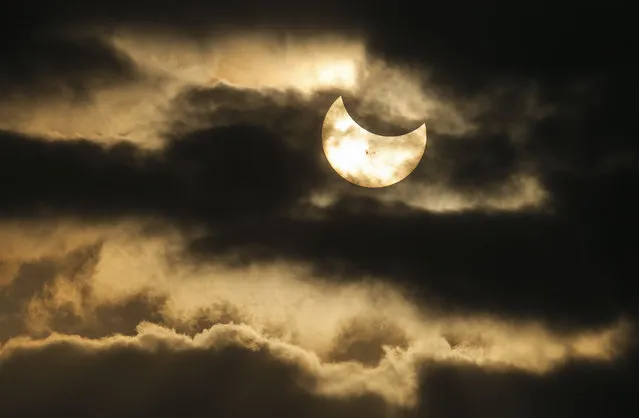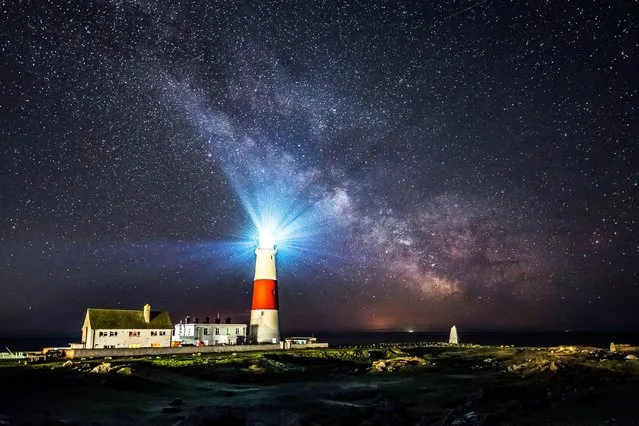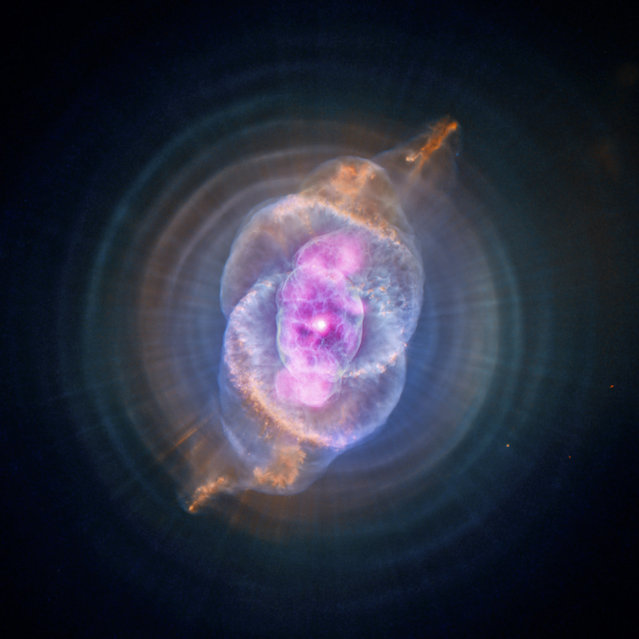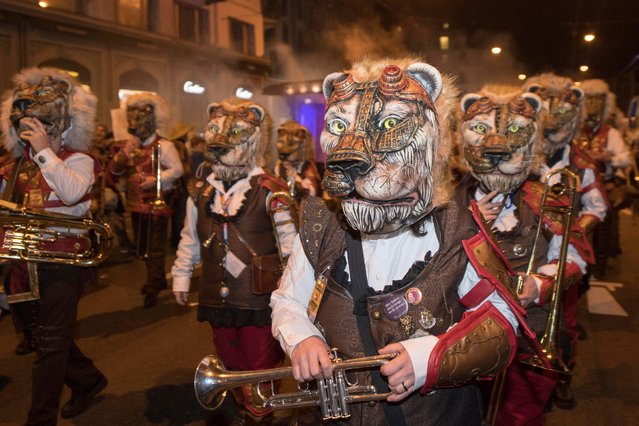
Dressed in traditional make-up and costume a woman participates in the celebration for the Day of the Dead or Día de los Muertos at the Hollywood Forever Cemetery in Los Angeles on Saturday, October 30, 2021. Day of the Dead, is a Mexican holiday where families welcome back the souls of their deceased relatives for a brief reunion that includes food, drink and celebration. (Photo by Richard Vogel/AP Photo)
09 Nov 2021 07:28:00,post received
0 comments

